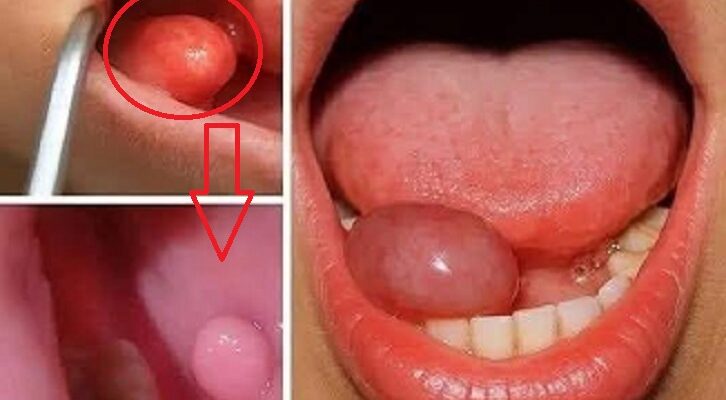Early Signs of Oral Cancer You Shouldn’t Ignore:
Oral cancer, also known as mouth cancer, can develop in many areas of the mouth, including the lips, tongue, cheeks, gums, and even the roof or floor of the mouth. According to the American Cancer Society, early detection greatly improves the chances of successful treatment.
The challenge? The first symptoms are often subtle and easy to overlook. That’s why awareness and regular dental checkups are critical for early intervention.
In this article, we’ll highlight the early warning signs of oral cancer, the risk factors, and when you should seek professional medical advice.
1. Persistent Sores That Don’t Heal
A mouth sore that lingers for more than two weeks is one of the most common early signs of oral cancer. These sores may appear on the lips, gums, or inner lining of the mouth. They may not be painful at first, but they should never be ignored.
👉 What to do: See a dentist or doctor if a sore doesn’t heal within two weeks.
2. White or Red Patches Inside the Mouth
Changes in mouth tissue color can signal abnormal growth:
-
Leukoplakia: White patches that cannot be wiped away.
-
Erythroplakia: Red, velvety patches (more likely to be precancerous or cancerous).
-
Mixed lesions: Areas with both red and white patches.
👉 What to do: Schedule a professional exam if you notice persistent patches.
3. Unexplained Bleeding
If bleeding occurs without injury, brushing, or trauma, it may point to a more serious issue.
👉 What to do: Persistent or unexplained bleeding should be checked by a healthcare provider.
4. Lumps, Thickened Areas, or Rough Patches
Any lump, bump, or thickened tissue in the mouth, tongue, or throat can be an early warning sign. These may be painless at first but can grow over time.
👉 What to do: Consult a dentist or doctor if you notice unusual growths or texture changes.
5. Numbness or Pain in the Mouth or Lips
Persistent numbness, tingling, or unexplained pain in the lips, tongue, or chin area could indicate nerve involvement from a lesion.
👉 What to do: Seek medical advice if you experience ongoing numbness or discomfort.
6. Difficulty Chewing or Swallowing
Trouble eating, swallowing, or moving the tongue/jaw can sometimes point to oral or throat cancer.
👉 What to do: Don’t ignore difficulty swallowing or speaking—see a healthcare provider.
7. Persistent Bad Breath
Chronic bad breath (halitosis) that doesn’t improve with brushing or mouthwash may indicate deeper problems, including infections or tissue changes.
👉 What to do: Report persistent bad breath to your dentist or doctor.
Risk Factors for Oral Cancer
Certain habits and conditions increase your risk:
-
Tobacco use (smoking or chewing)
-
Heavy alcohol consumption
-
Human papillomavirus (HPV) infection
-
Excessive sun exposure (lip cancer)
-
Age over 40
-
Poor diet and nutrition
If you fall into one or more of these categories, regular screenings are especially important.
Importance of Regular Screenings
Dentists are trained to detect early signs of oral cancer during routine exams. The Mayo Clinic recommends dental checkups at least twice a year—a simple step that can make a life-saving difference.
When to Seek Medical Advice
See a doctor or dentist if any of these symptoms last more than two weeks:
-
Mouth sores or patches
-
Lumps or unusual growths
-
Ongoing pain, numbness, or bleeding
-
Difficulty chewing or swallowing
-
Unexplained bad breath
Conclusion
Oral cancer is highly treatable when caught early, but its first signs are often painless and subtle. Staying informed, paying attention to changes in your mouth, and maintaining regular dental checkups are key to early detection and successful treatment.
👉 Takeaway: Don’t ignore persistent changes in your mouth. Early action could save your life.



